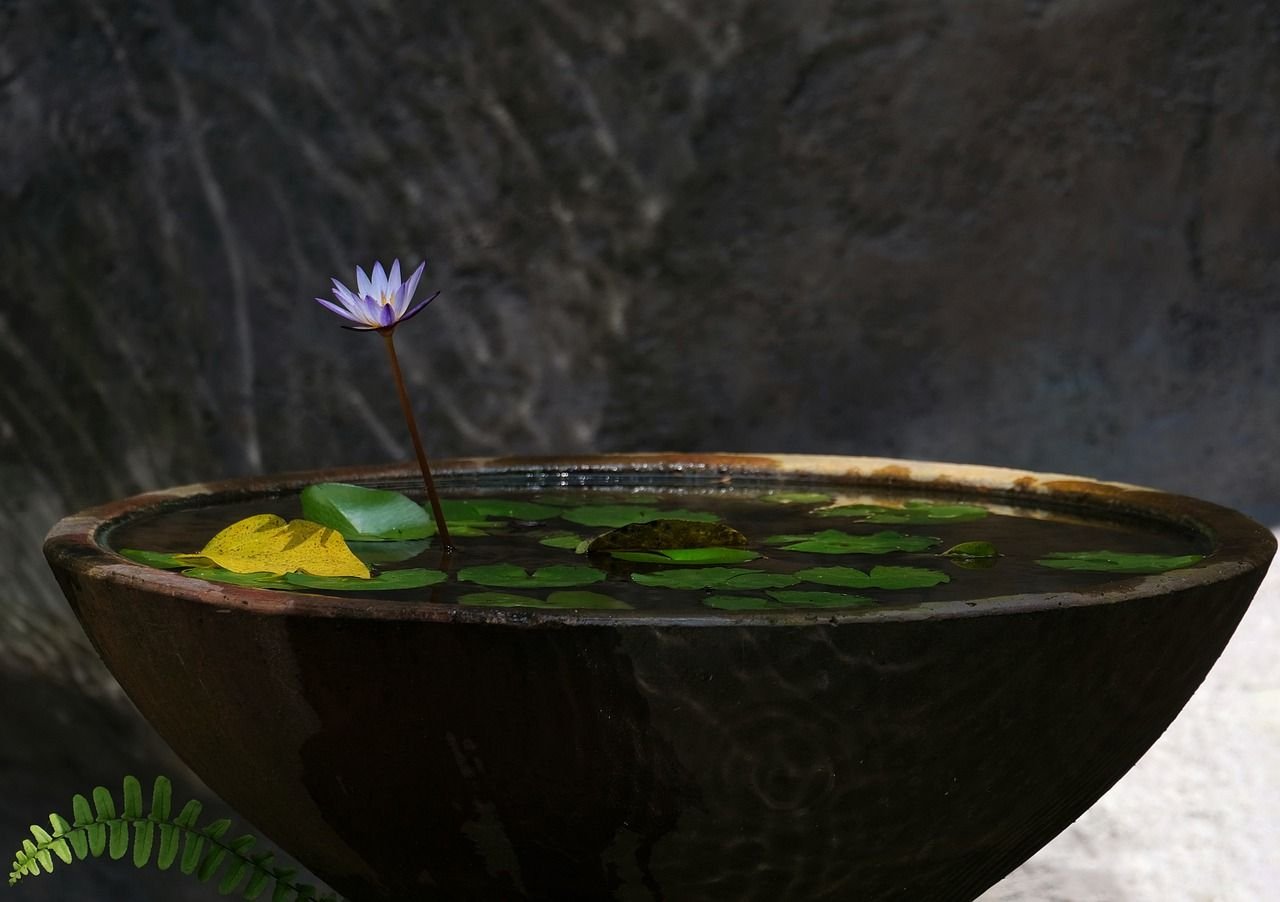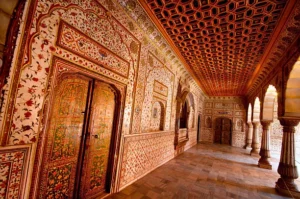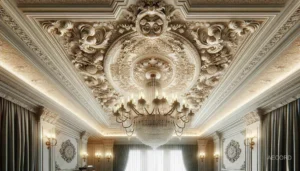Vastu is an ancient Indian architectural and design philosophy that aims to create harmony and balance in living spaces. Vastu is based on the belief that the energy of the universe flows through everything, including our homes and buildings. We can enhance our health, wealth, and overall well-being by designing and arranging our living spaces in harmony with this energy.
Principles of Vastu
The principles of Vastu cover a wide range of topics, from the placement of rooms and furniture to the materials used in construction. Here are some key principles to keep in mind when incorporating Vastu into your home.
Orientation
The orientation of a home plays a significant role in its overall design and functionality. This article explores the importance of orientation and its impact on energy efficiency, natural light, and the overall comfort of a living space. The direction your home faces is important in Vastu. According to Vastu, the ideal direction for a home is east, as it is associated with the energy of the rising sun. A north-facing home is also considered favorable, while a south-facing home is not recommended.
Entrance
The entrance to your home is considered the “mouth of the cosmic serpent” in Vastu. It should be located in the north or east and should be well-lit and attractive. Avoid placing any obstacles in front of the entrance, such as plants or trees. The entrance is not only a physical transition from the outside world to the interior but also an energetic gateway that influences the flow of energy within the home. By paying attention to the design and placement of the entrance, individuals can enhance positive energy and create a sense of arrival.
Room placement
The placement of rooms within a home plays a significant role in creating a functional and harmonious living environment. The layout of your home should follow the principles of the five elements – earth, water, fire, air, and space. For example, the kitchen, which represents fire, should be located in the southeast corner of the home. The bedroom, which represents rest and relaxation, should be in the southwest corner.
Color and materials
Colors and materials play an important role in Vastu. Earthy tones like brown and beige are considered grounding, while blues and greens are calming. Avoid using black or red, which are associated with negativity. When it comes to materials, natural materials like wood and stone are preferred over synthetic materials. Whether it’s through a thoughtfully chosen color palette or the use of natural and sustainable materials, incorporating Vastu-inspired color and material choices in your home design enhances the positive energy, promotes well-being, and creates a space where you can truly thrive in harmony.
By incorporating these principles into your home, you can create a living space that is in harmony with the energy of the universe. Vastu is not just about following rules – it is about creating a space that feels balanced, peaceful, and conducive to your well-being. Embracing Vastu in your lifestyle not only enhances the energy and ambiance of your living space but also fosters a sense of balance, tranquility, and harmony in your everyday life. Begin your journey towards a more harmonious and fulfilling life by incorporating the wisdom of Vastu into your home.







